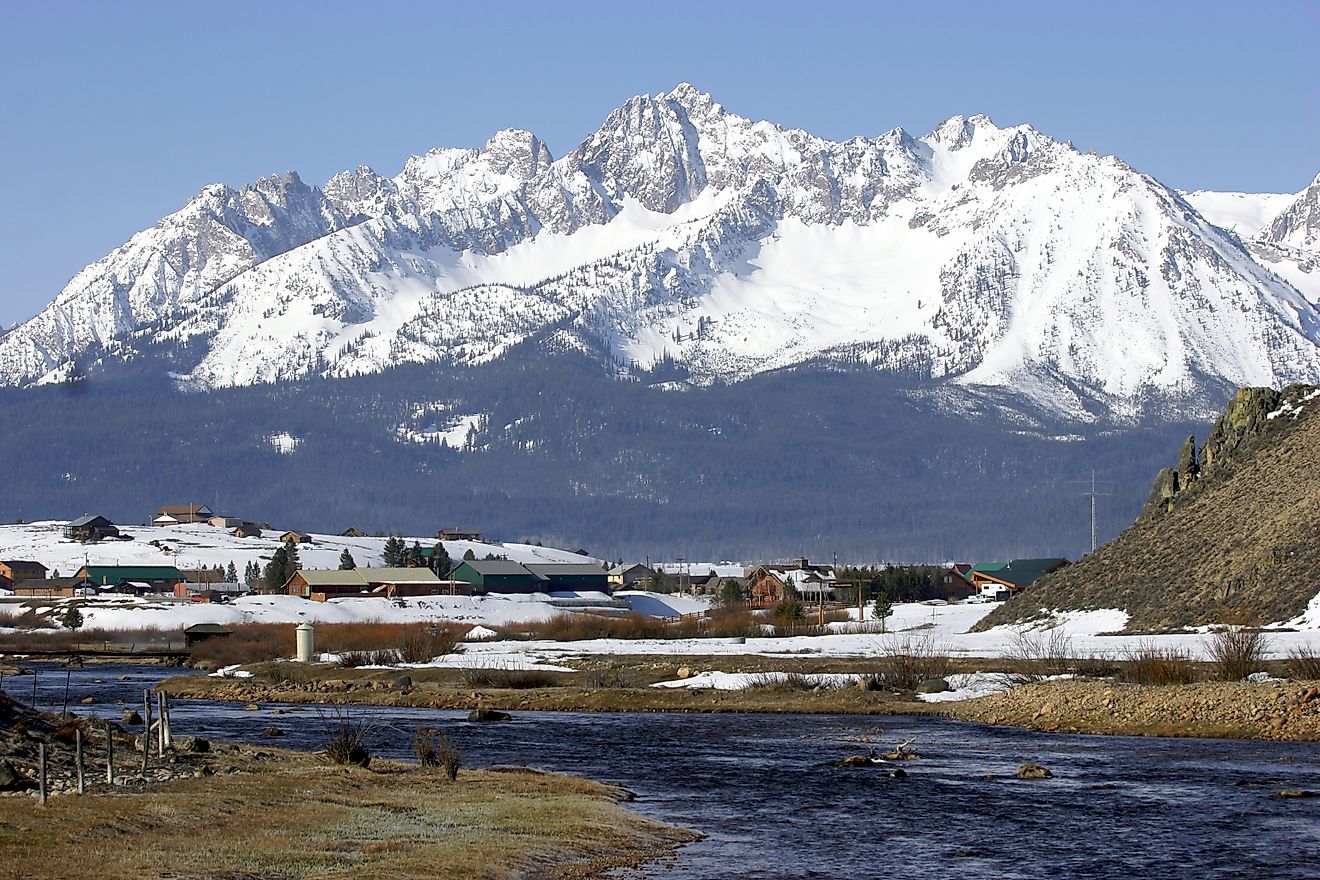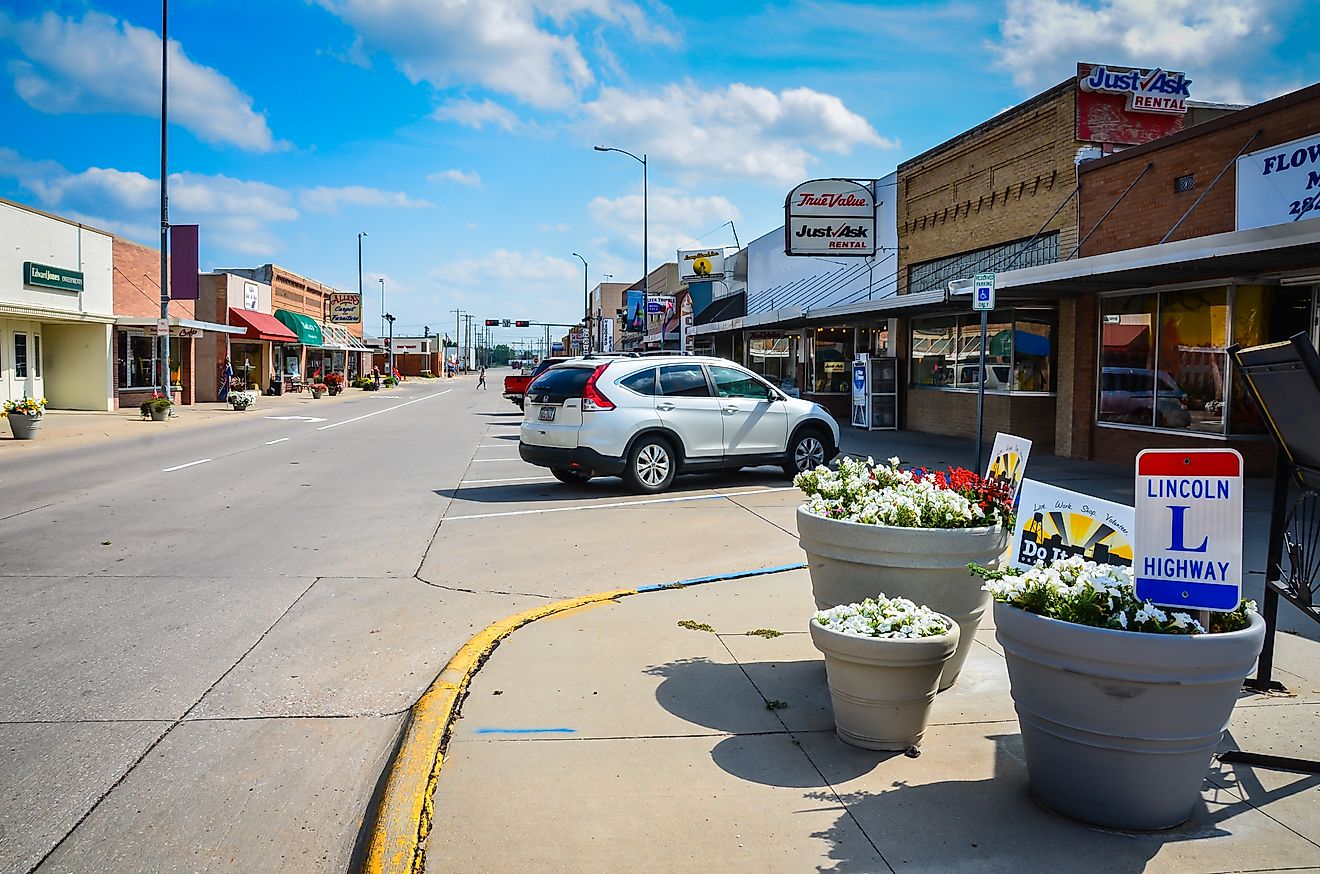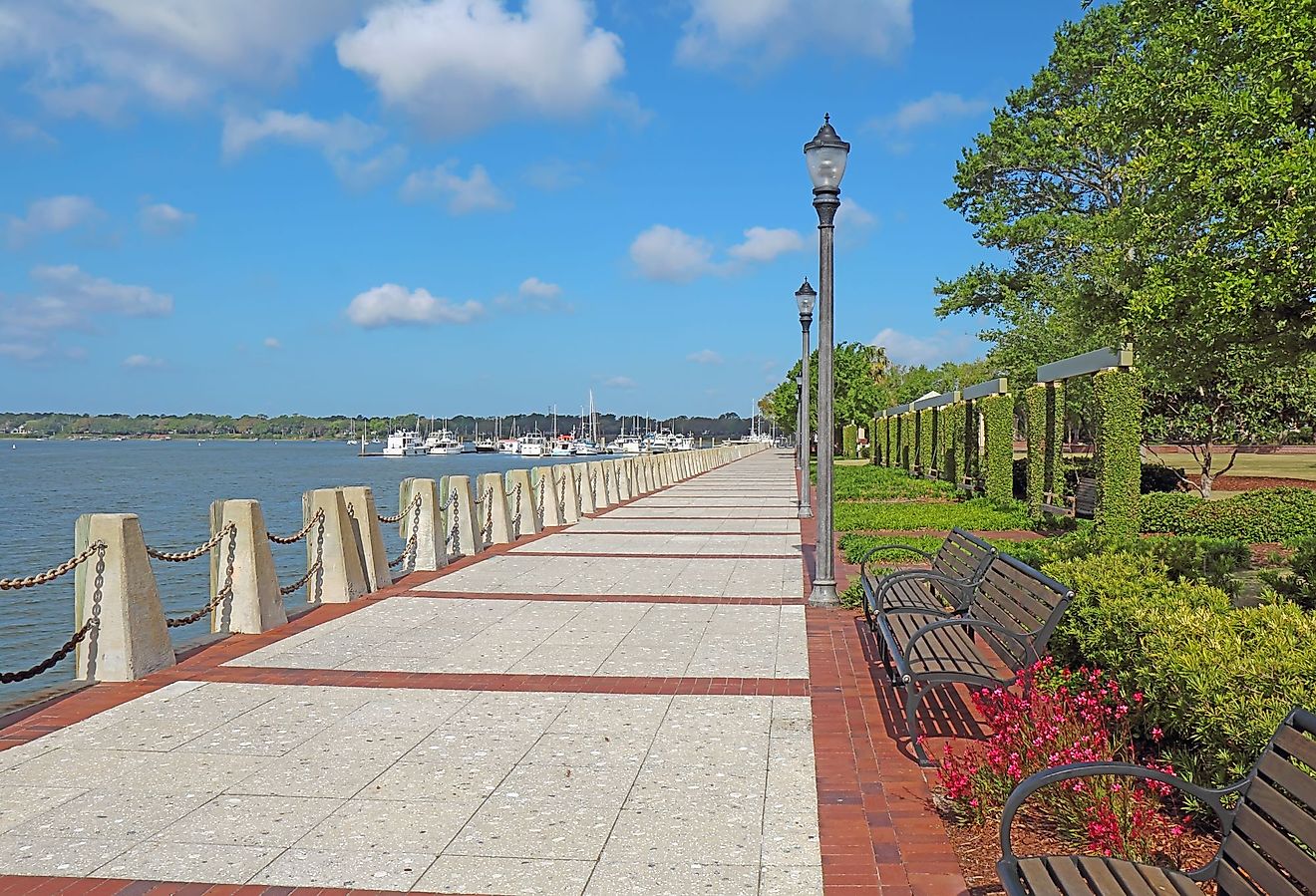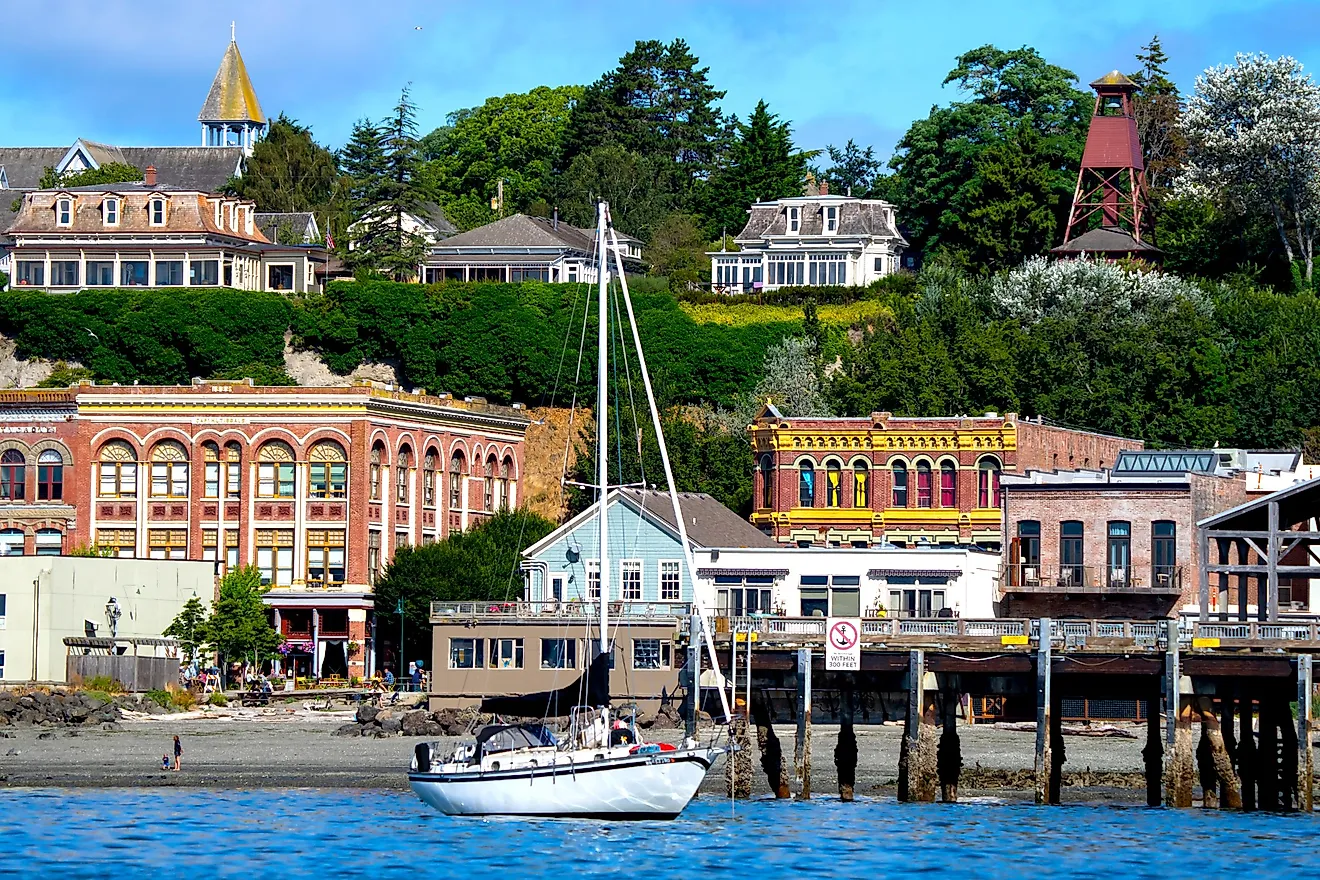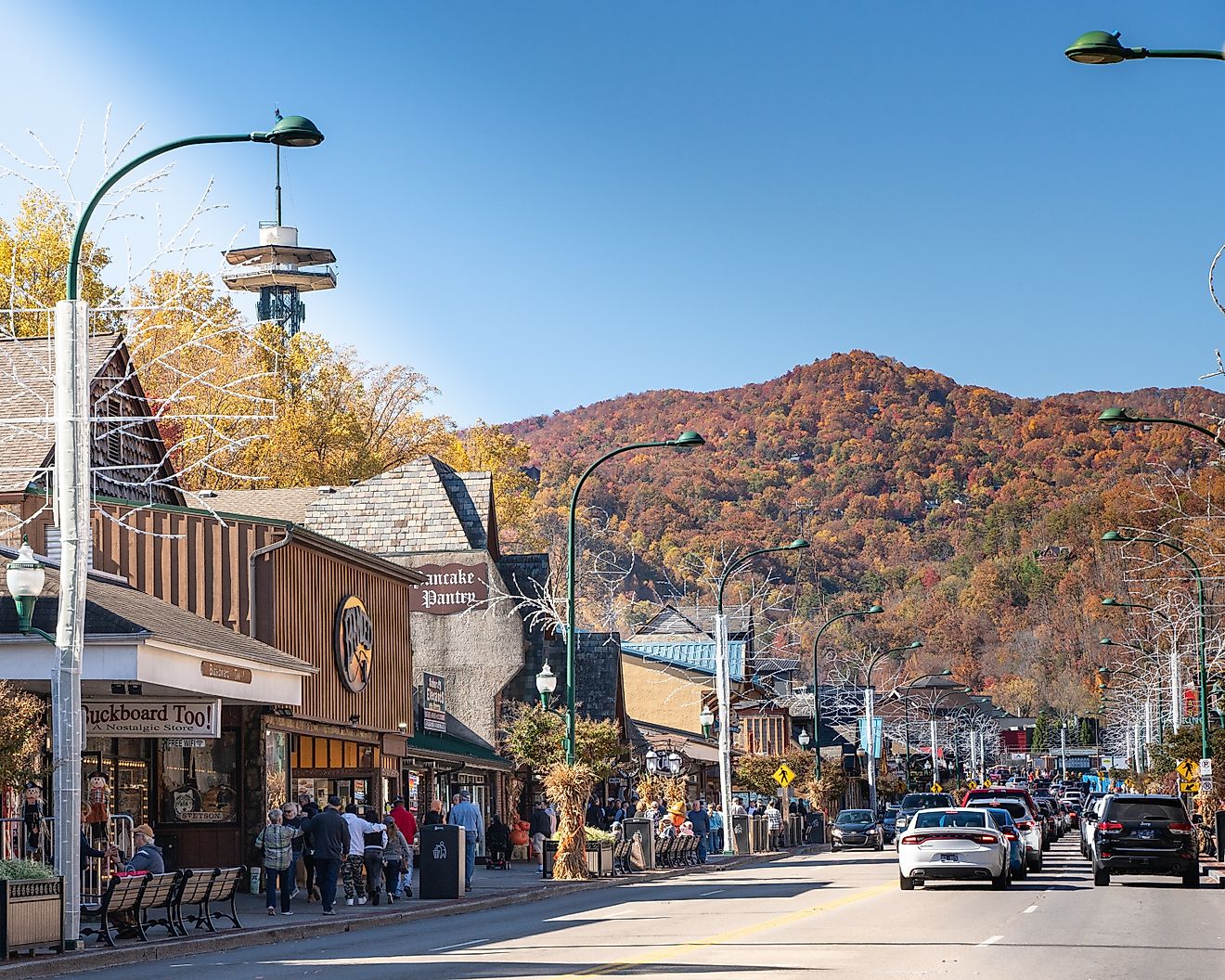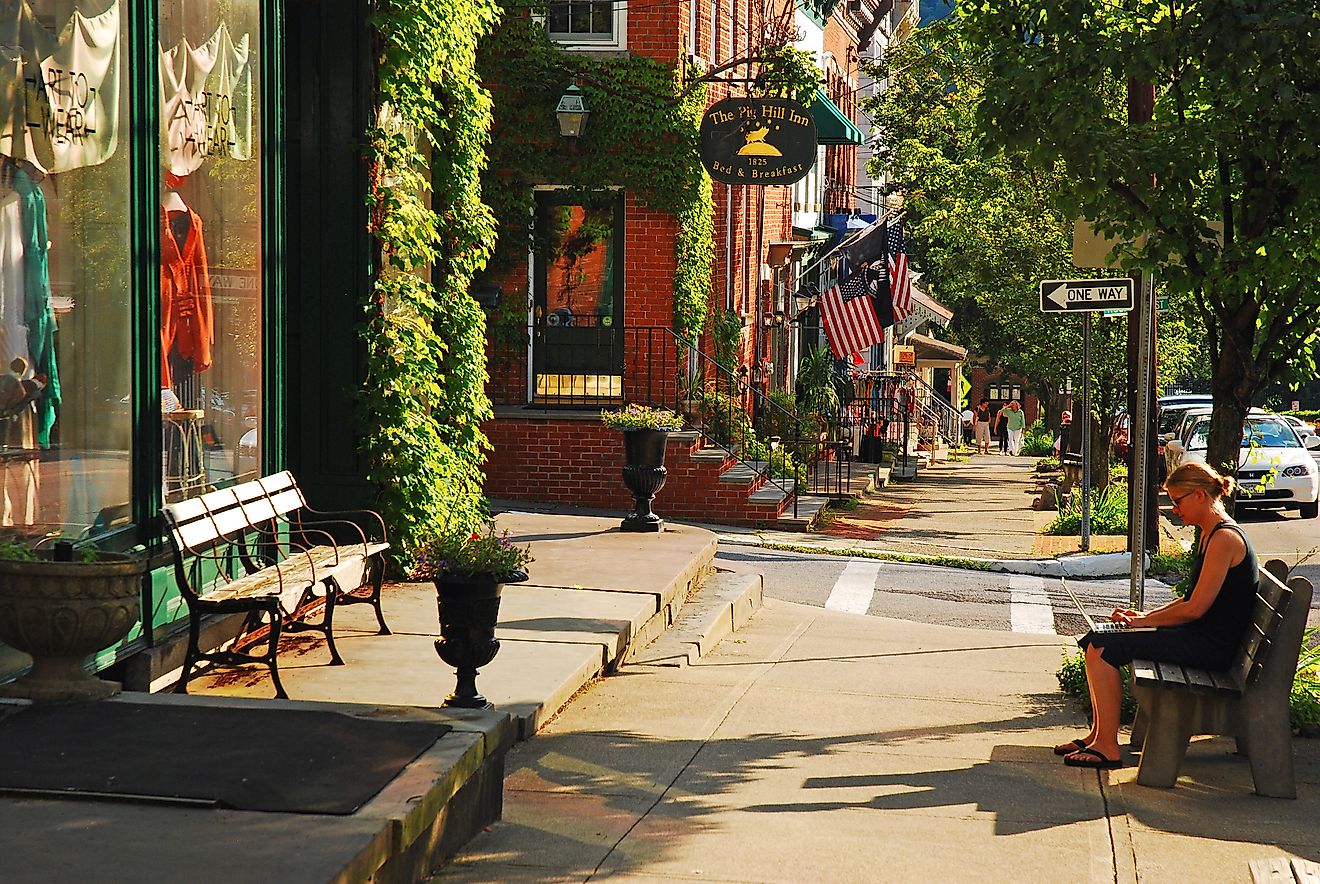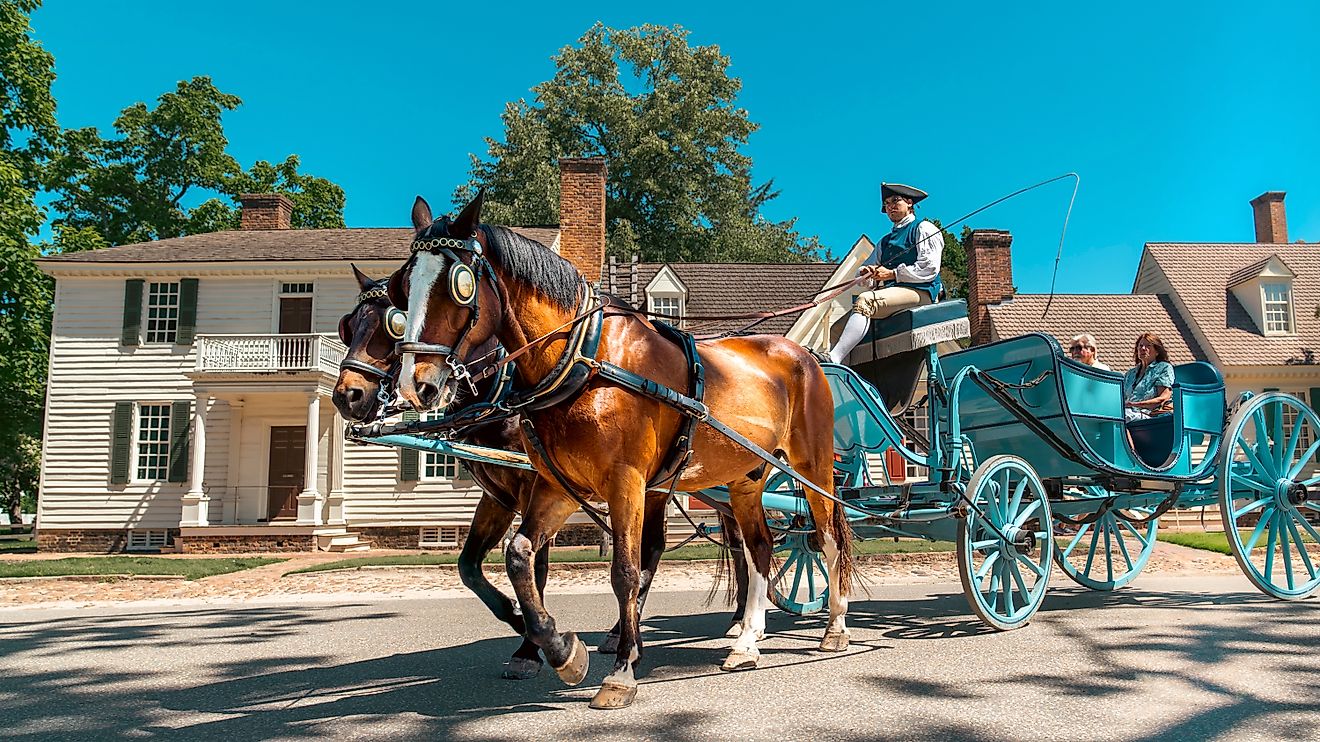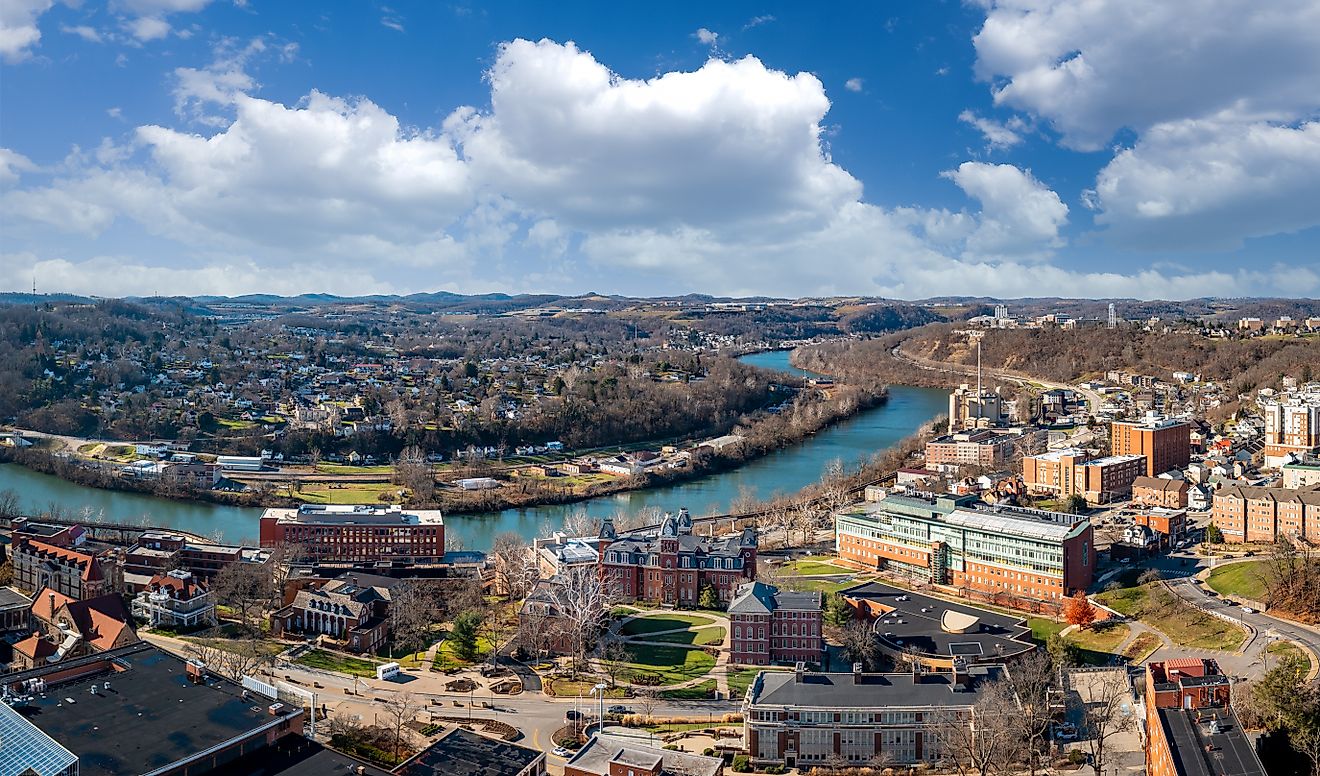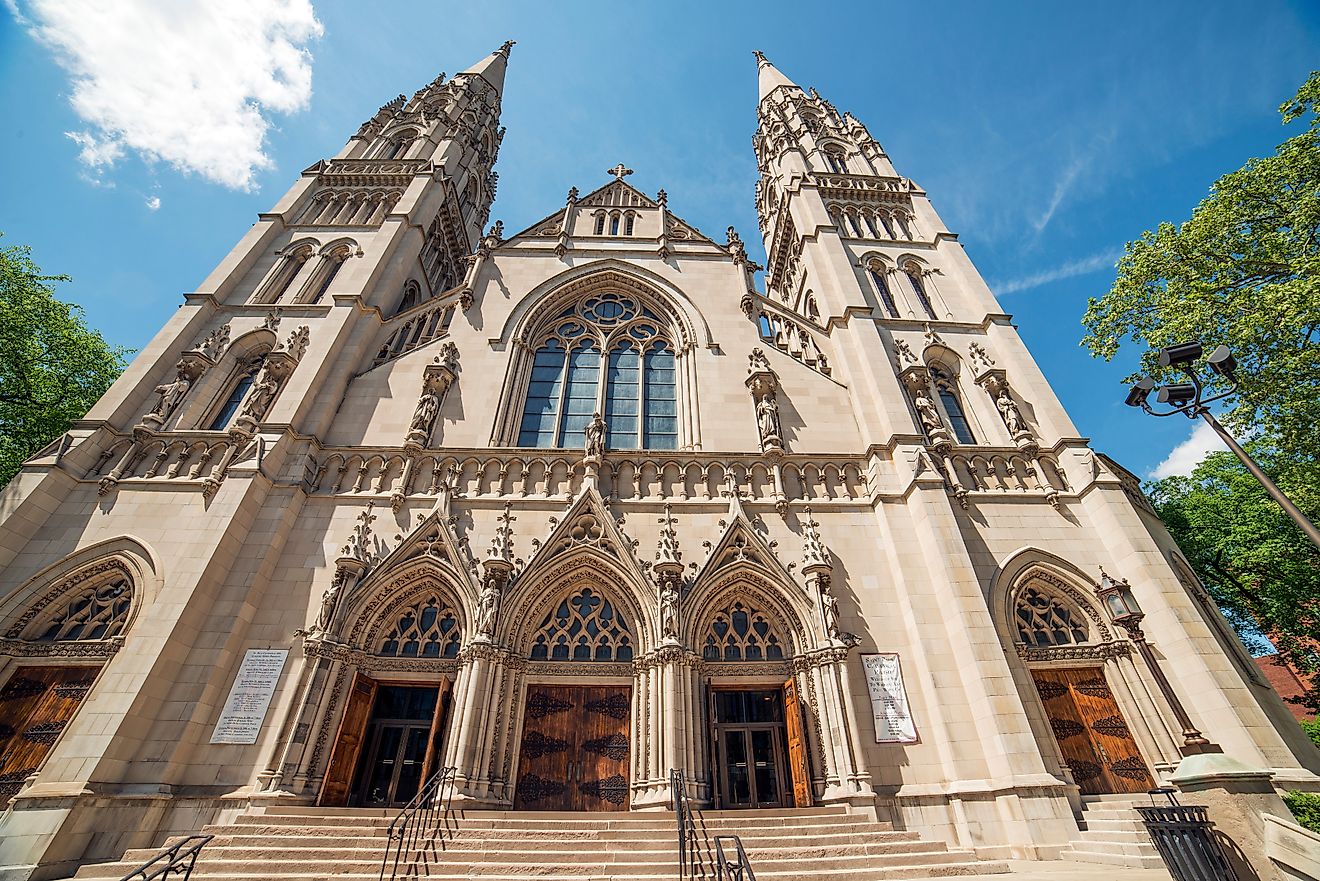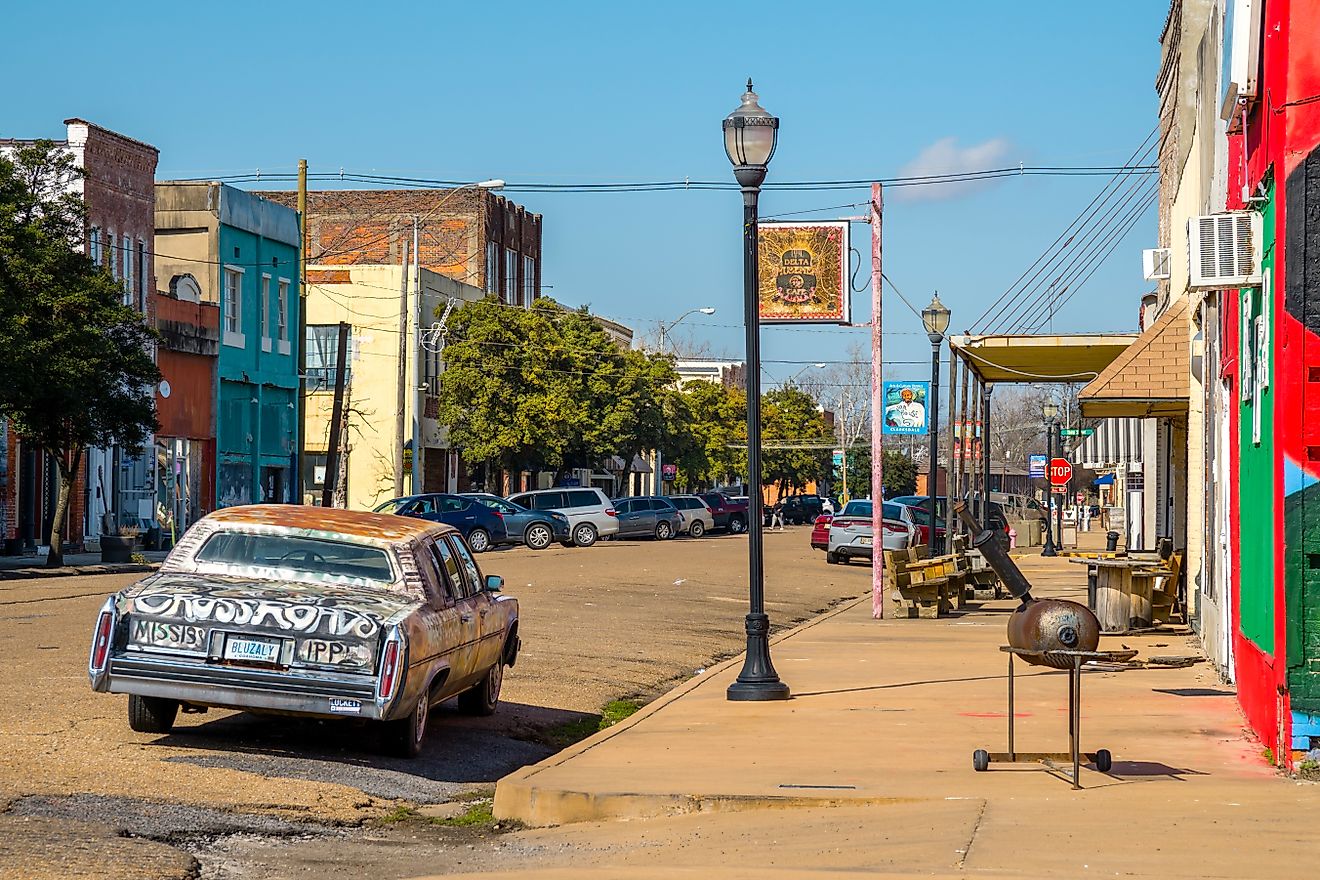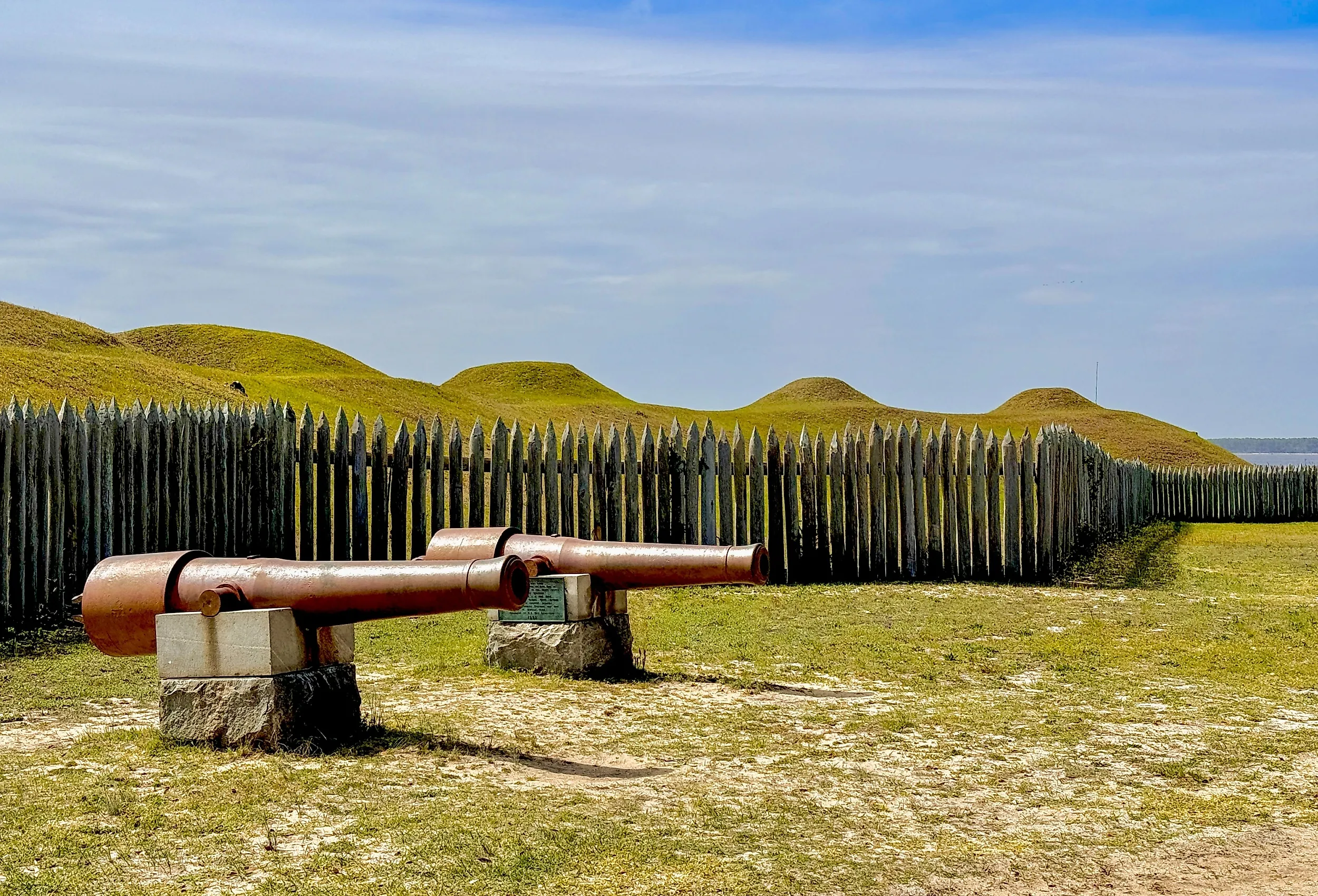
6 Must-See Historic Forts In North Carolina
From the Atlantic coast to the inland hills, North Carolina’s forts tell the story of how the state helped shape the nation’s history. Each one had its own purpose, from guarding harbors and protecting settlements to serving as a lookout during times of war. Fort Fisher and Fort Macon once defended the coast during the Civil War, while Fort Dobbs gave shelter to settlers on the frontier. Fort Johnston and Fort Caswell continued to adapt through years of conflict and change. Today, these historic places are preserved as state parks, museums, and landmarks where visitors can walk the old grounds, explore exhibits, and connect with North Carolina’s rich and complex military history.
Fort Fisher
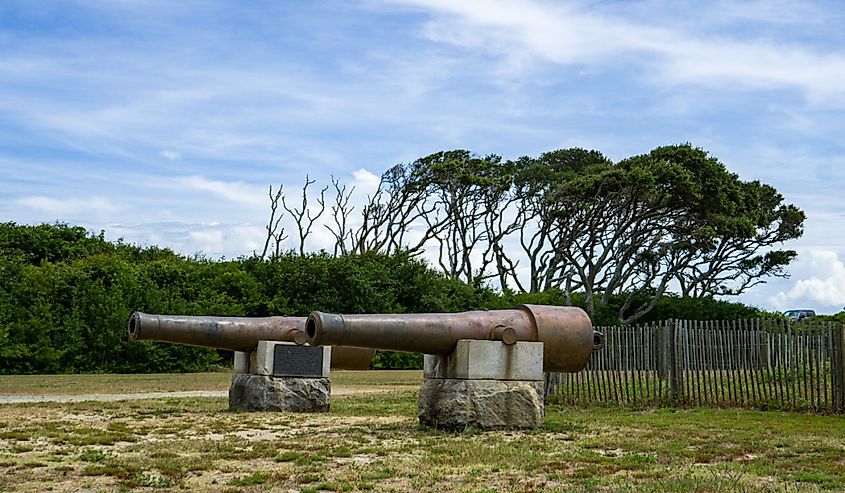
Fort Fisher, near the mouth of the Cape Fear River, was important during the Civil War for protecting Wilmington, the Confederacy’s last major port. Its earth-and-sand fortifications included high mounds, underground passageways, and heavy guns. Confederate forces held the fort until January 1865, when Union forces captured it, cutting off supplies to Robert E. Lee’s army. The fort was built and maintained by soldiers and local laborers, including enslaved and free African Americans.
The fort is now part of Fort Fisher State Historic Site in Kure Beach. The site is open five days a week and closed on most holidays, with free general admission. Visitors can explore the remains of the fort, including the reconstructed palisade fence, walk the trails, visit exhibits at the visitor center, or view the memorial dedicated to fallen Confederate soldiers. The site also offers audiovisual programs, historical displays, information about underwater archaeology, and a gift shop. While admission is free, there is a small fee for special guided tours.
Fort Raleigh
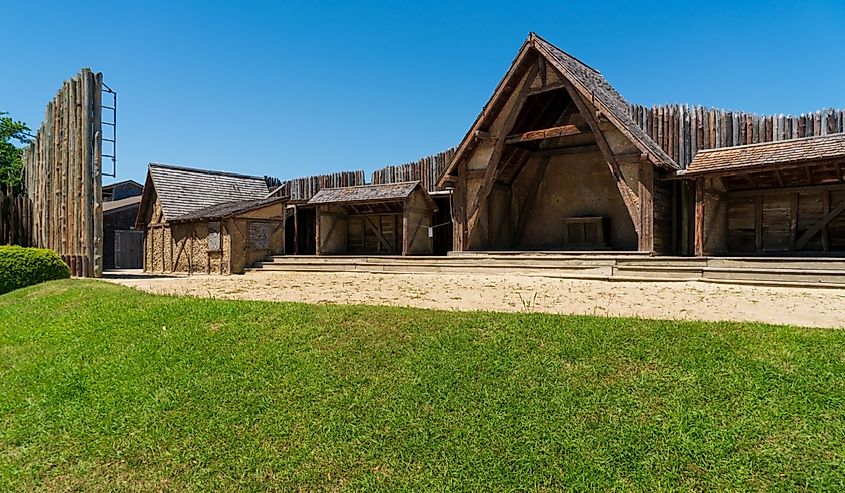
Among the calm, shallow waters of the Outer Banks, Fort Raleigh on Roanoke Island has witnessed centuries of history. Long before English settlers arrived, Algonquian-speaking people lived on the island. Later, it became the site of early English colonies. Freed formerly enslaved people also made a new start here, and the island later saw experiments in radio technology and the debut of Paul Green’s play, "The Lost Colony." Fort Raleigh has long been a place of new beginnings and innovation.
Today, Fort Raleigh is part of the Fort Raleigh National Historic Site, just north of the town of Manteo. Open year-round with no entrance fee, visitors can walk the trails, explore interpretive exhibits, enjoy waterfront views, and see performances of "The Lost Colony," which runs seasonally at the Waterside Theatre.
Fort Dobbs
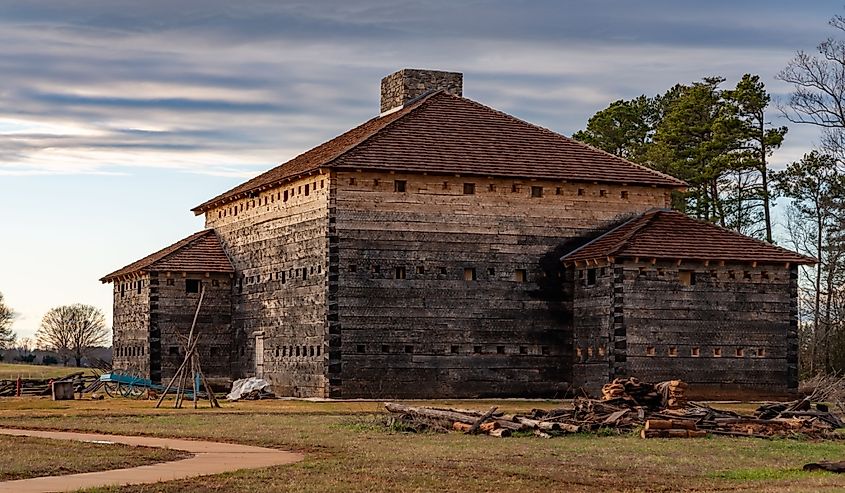
Fort Dobbs, in Statesville, was the only permanent frontier fort in the colony. Built in 1755-1756, it served as a base for a small garrison and a refuge for settlers. In 1760, it was attacked by a group of Cherokee warriors, and the garrison defended the fort with some casualties. By 1761, the fort was largely abandoned, and by 1766, it had fallen into ruin.
Fort Dobbs is preserved as part of the Fort Dobbs State Historic Site. The visitor center, built from logs salvaged from 19th-century structures, features exhibits on the fort and the French and Indian War. Trails pass through the excavated ruins, and special events, including living history demonstrations, take place throughout the year. Admission to the grounds and visitor center is free, though some guided tours and events may have a small fee.
Fort Macon
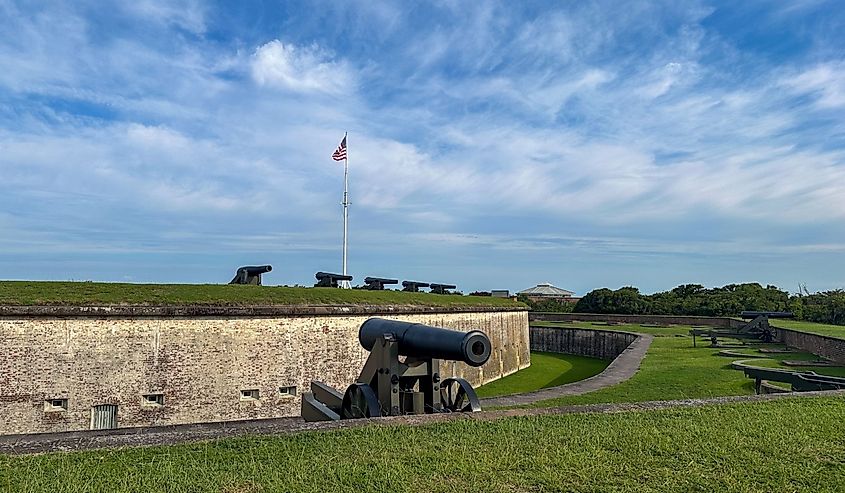
Fort Macon, located in Atlantic Beach, is a historic coastal fort built in the early 1800s to protect the port of Beaufort. Named after North Carolina statesman Nathaniel Macon, the fort was used during the Civil War, first by Confederate forces and later captured by Union troops. It also served in later military roles and has remained largely intact, preserving a piece of early U.S. military history.
Today, Fort Macon is part of Fort Macon State Park. The park is open year-round and includes guided tours of the restored fort, nature trails, a protected swimming area, and surf fishing. Located at the eastern end of Bogue Banks, the park is accessible from Atlantic Beach and provides a place to learn about the fort’s history while enjoying the surrounding natural area.
Fort Johnston
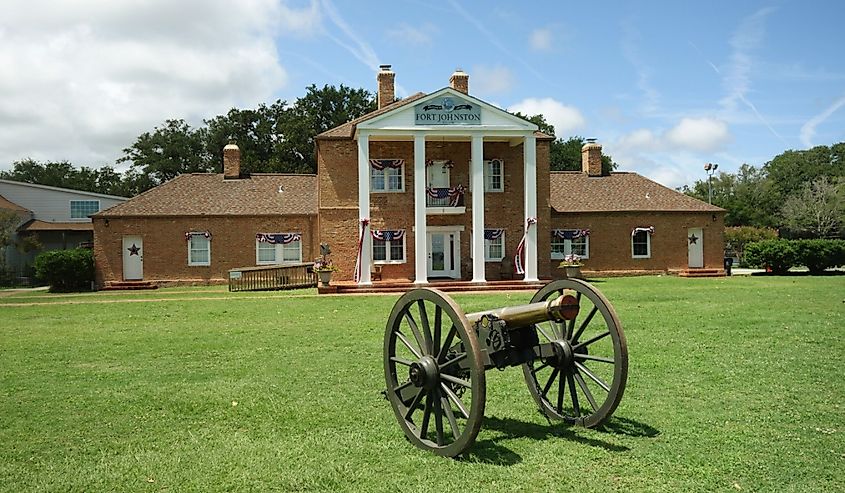
Located in Southport, Fort Johnston was the first fort built in North Carolina, constructed in 1749 to protect the Cape Fear River from potential Spanish and French threats. Named for Gov. Gabriel Johnston, it played a role in the French and Indian War and the American Revolution. In 1775, Patriot forces burned the fort during the early Revolutionary War. It was later rebuilt and used for various military purposes, including during the Civil War and as a signal station in the 19th and early 20th centuries. In 2006, the property was transferred to the city of Southport.
Today, the site houses the Fort Johnston-Southport Museum & Visitor Center. The museum, which offers free admission, is in the Garrison House, the only remaining structure from the fort, which was built in 1810. Visitors can see exhibits on Southport’s history, including artifacts, photographs, and documents, as well as a recreated storefront and other historical displays.
Fort Caswell
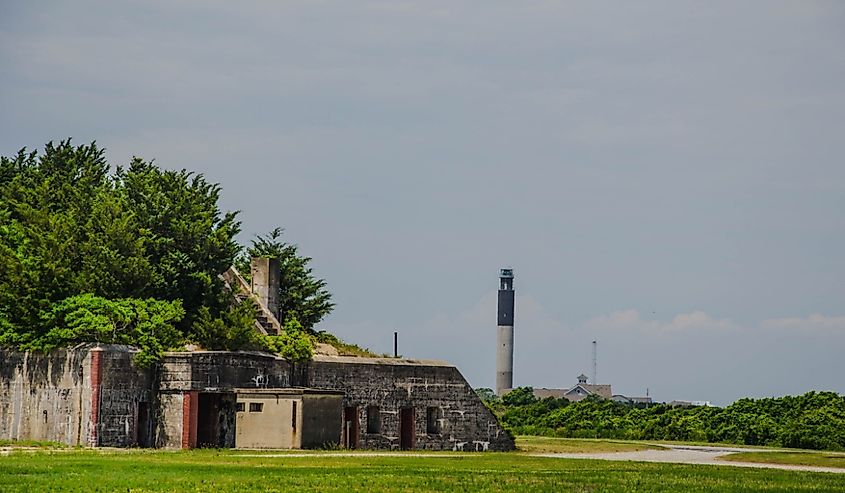
Fort Caswell, on the eastern tip of Oak Island, was built in the early 1800s to guard the mouth of the Cape Fear River. Named for Richard Caswell, North Carolina’s first governor, it was lightly manned before the Civil War but came under Confederate control in 1861. After the fall of nearby Fort Fisher, Confederate troops partially destroyed it to prevent capture. The site was later modernized, used during both World Wars, and eventually decommissioned.
Today, the Baptist State Convention of North Carolina manages Fort Caswell as a retreat and conference center. Guests can explore the remains of the Civil War-era fort and World War I batteries during daylight hours. The property also features lodging, dining, and recreation areas, with views of the Oak Island Lighthouse and the Cape Fear River.
Visiting North Carolina's Most Historic Forts
North Carolina’s forts span rivers, coasts, and frontier lands, each offering a window into different moments in American history. From Fort Fisher’s coastal defenses to Fort Dobbs’s frontier role, and Fort Caswell’s layered military past, these structures reflect the state’s evolving challenges and strategies. Though their walls may now be quiet, many have been preserved as historic sites, museums, or public grounds. Visitors today can walk through earthworks, view exhibits, and imagine the lives of soldiers and civilians who once passed those gates. In doing so, the forts connect us to a past shaped by conflict, adaptation, and the people who built and defended this place.
